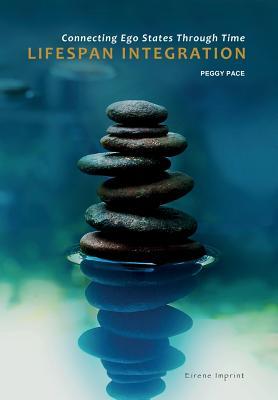This book overviews a revolutionary new method of psychotherapy, Lifespan Integration, which Peggy Pace developed beginning in 2002. Lifespan Integration (LI) is an efficient body-based psychotherapeutic method which helps clients recover from traumatic events including childhood neglect and abuse. Lifespan Integration therapy differs from Cognitive Behavioral Therapy in that LI bypasses the cognitive mind, and allows 'learning' to take place at the body level. 'Watching' repetitions of the life narrative permits the client's neural system to weave new 'information' about the passage of time into existing neural networks throughout the body-mind. This re-structuring and re-patterning within existing neural networks retains the memories of past events while incorporating the 'understanding' that time has passed. In this book Pace describes the Lifespan Integration method, and cites recent discoveries in the field of neuroscience to support her hypothesis about how and why the Lifespan Integration technique is so effective. This book is not intended to be instructional. Therapists should not attempt to use the Lifespan Integration method until they have completed a Lifespan Integration training program.

Lifespan Integration: Connecting Ego States through Time
This book overviews a revolutionary new method of psychotherapy, Lifespan Integration, which Peggy Pace developed beginning in 2002. Lifespan Integration (LI) is an efficient body-based psychotherapeutic method which helps clients recover from traumatic events including childhood neglect and abuse. Lifespan Integration therapy differs from Cognitive Behavioral Therapy in that LI bypasses the cognitive mind, and allows 'learning' to take place at the body level. 'Watching' repetitions of the life narrative permits the client's neural system to weave new 'information' about the passage of time into existing neural networks throughout the body-mind. This re-structuring and re-patterning within existing neural networks retains the memories of past events while incorporating the 'understanding' that time has passed. In this book Pace describes the Lifespan Integration method, and cites recent discoveries in the field of neuroscience to support her hypothesis about how and why the Lifespan Integration technique is so effective. This book is not intended to be instructional. Therapists should not attempt to use the Lifespan Integration method until they have completed a Lifespan Integration training program.